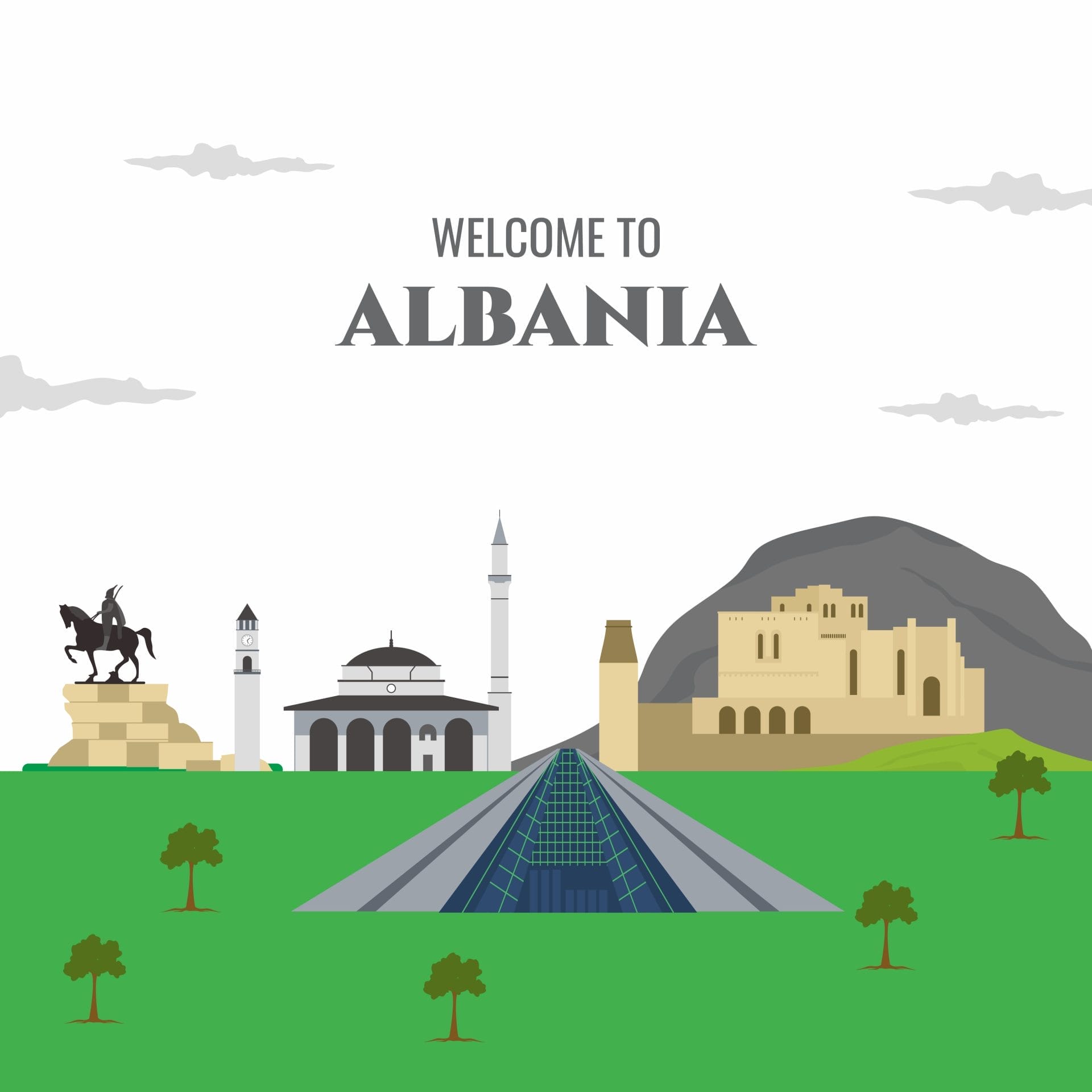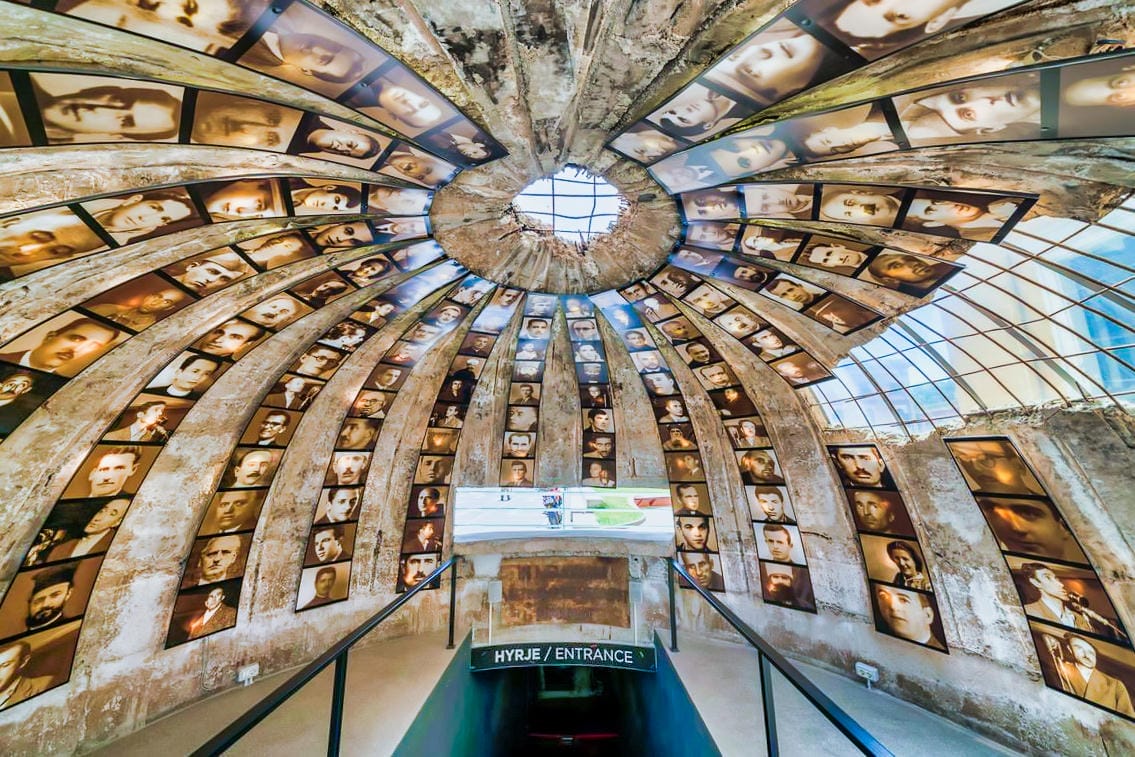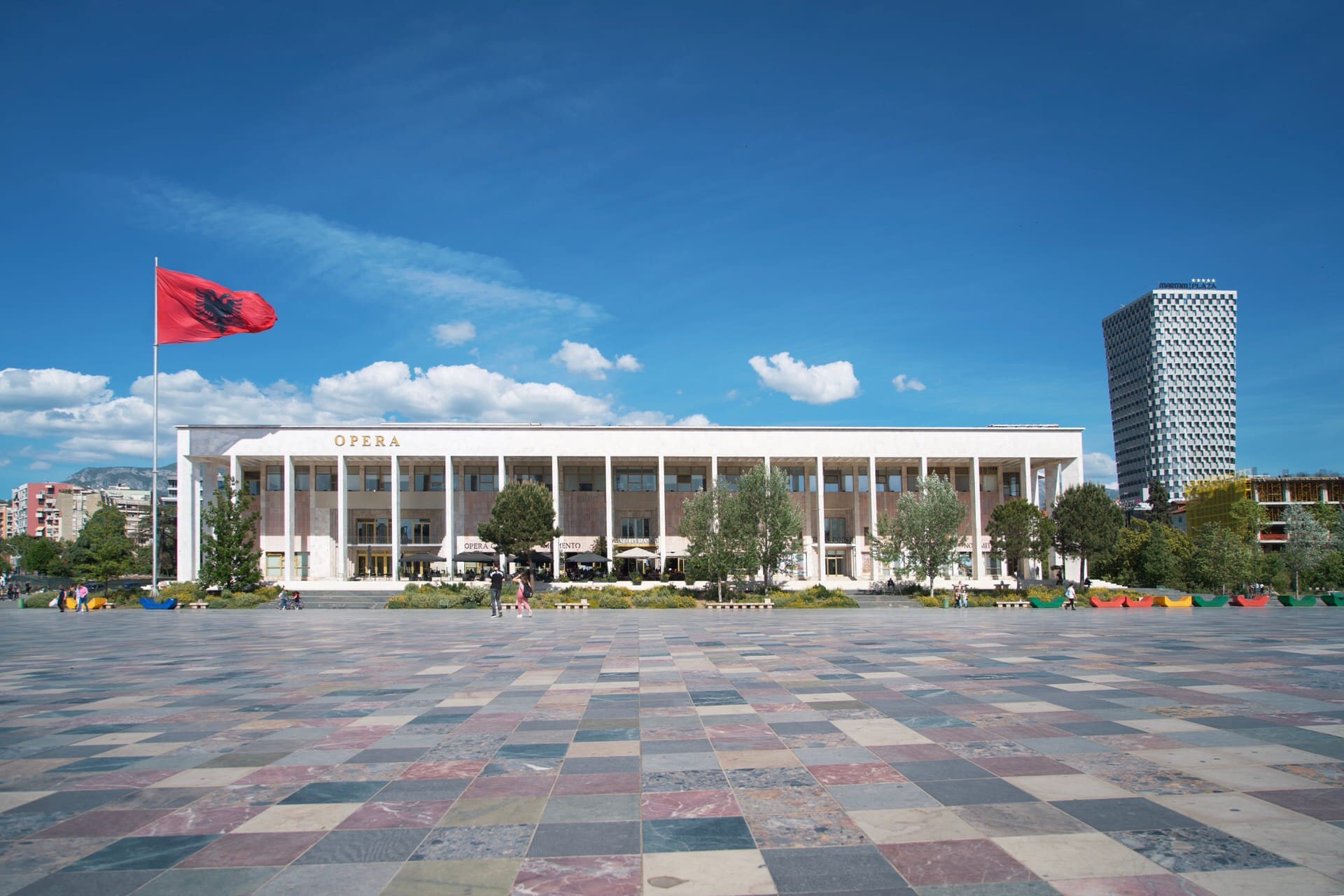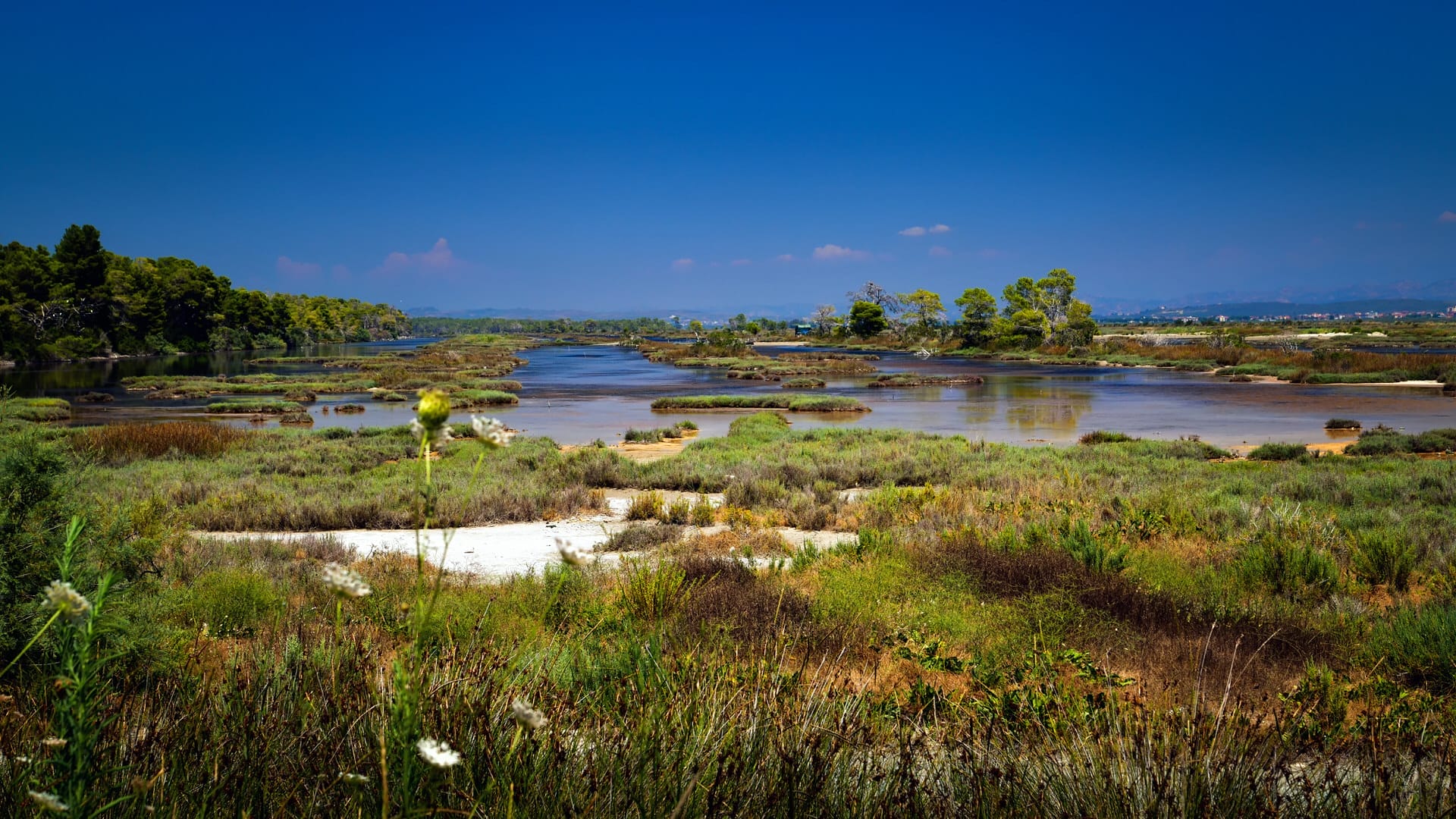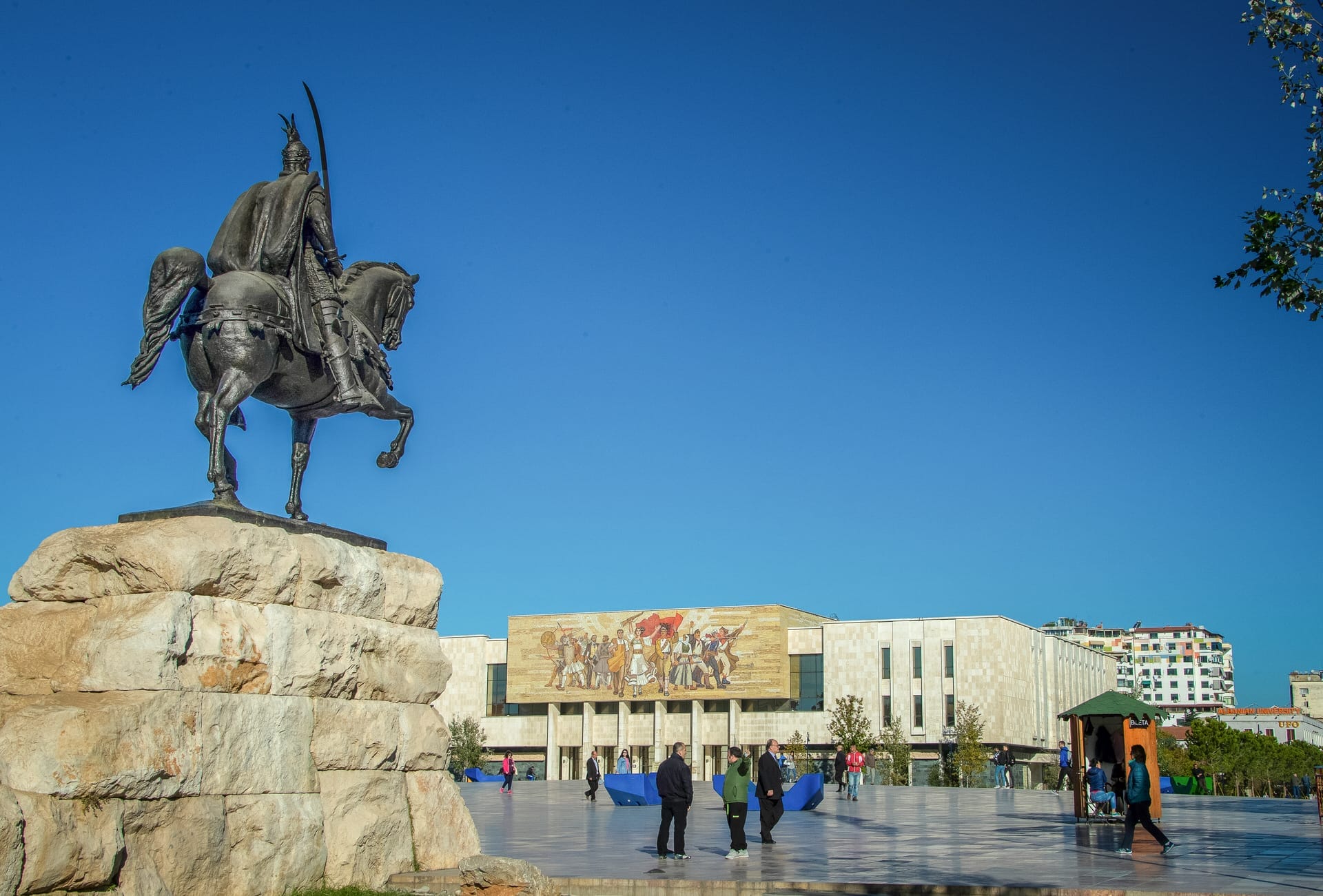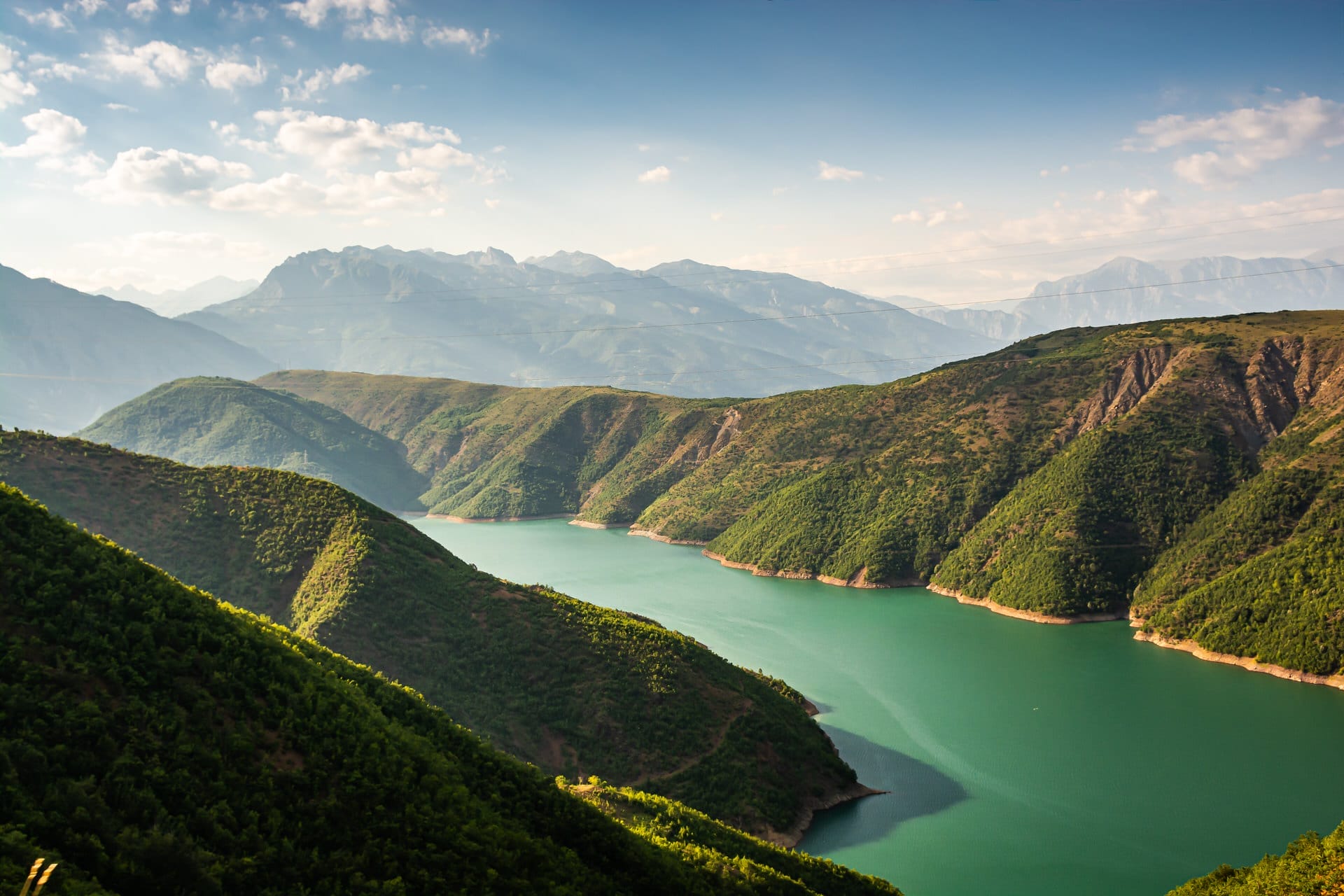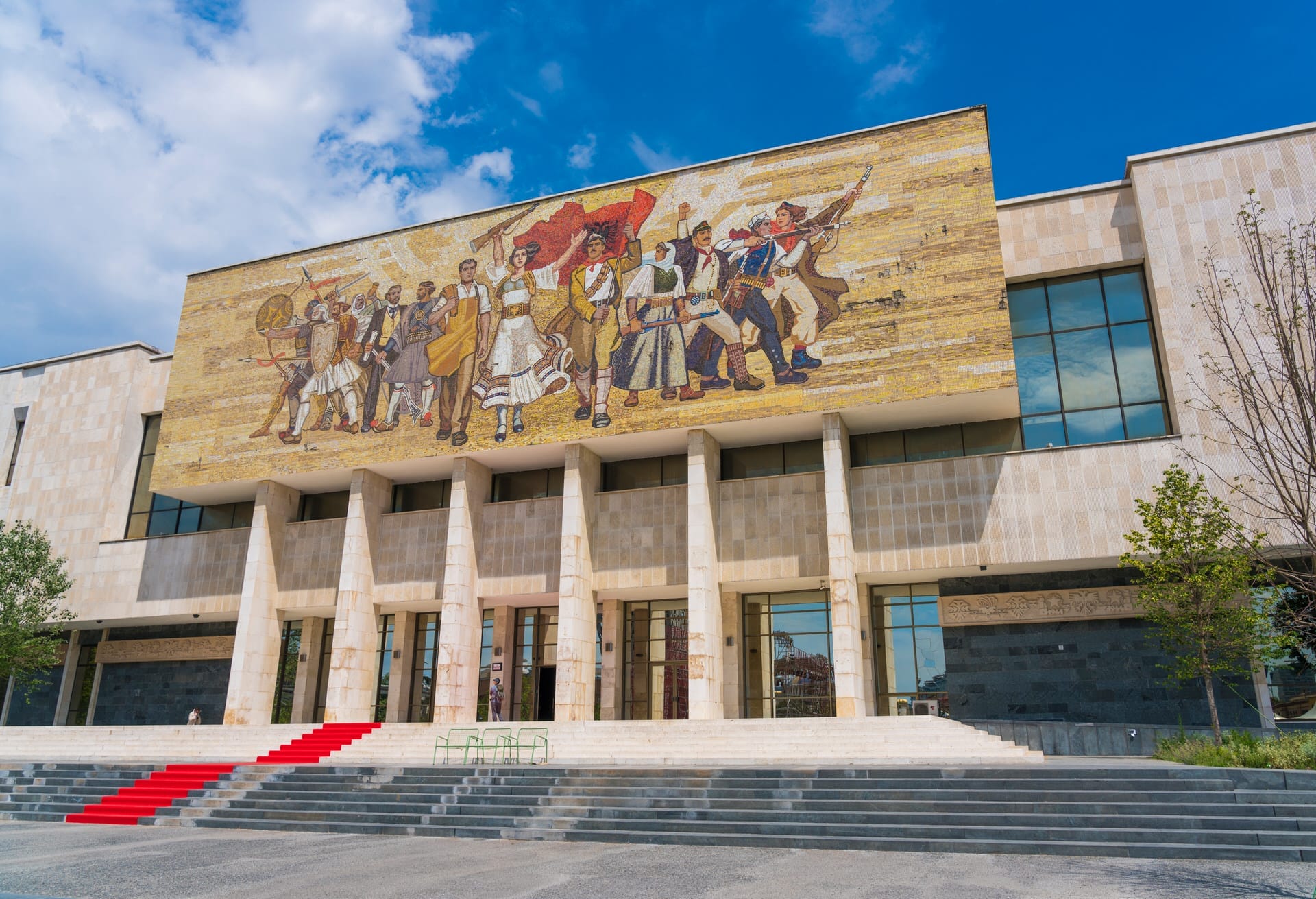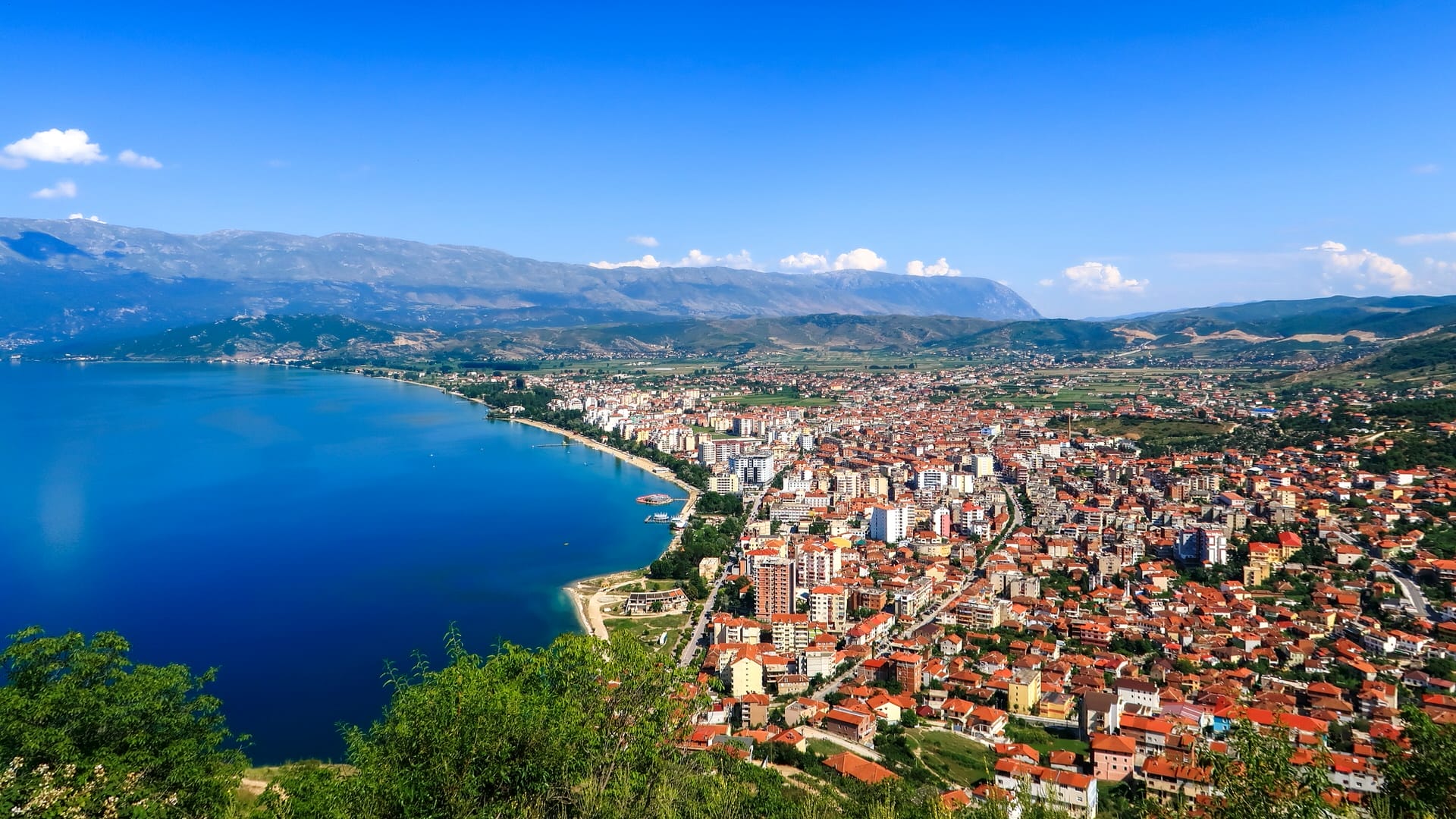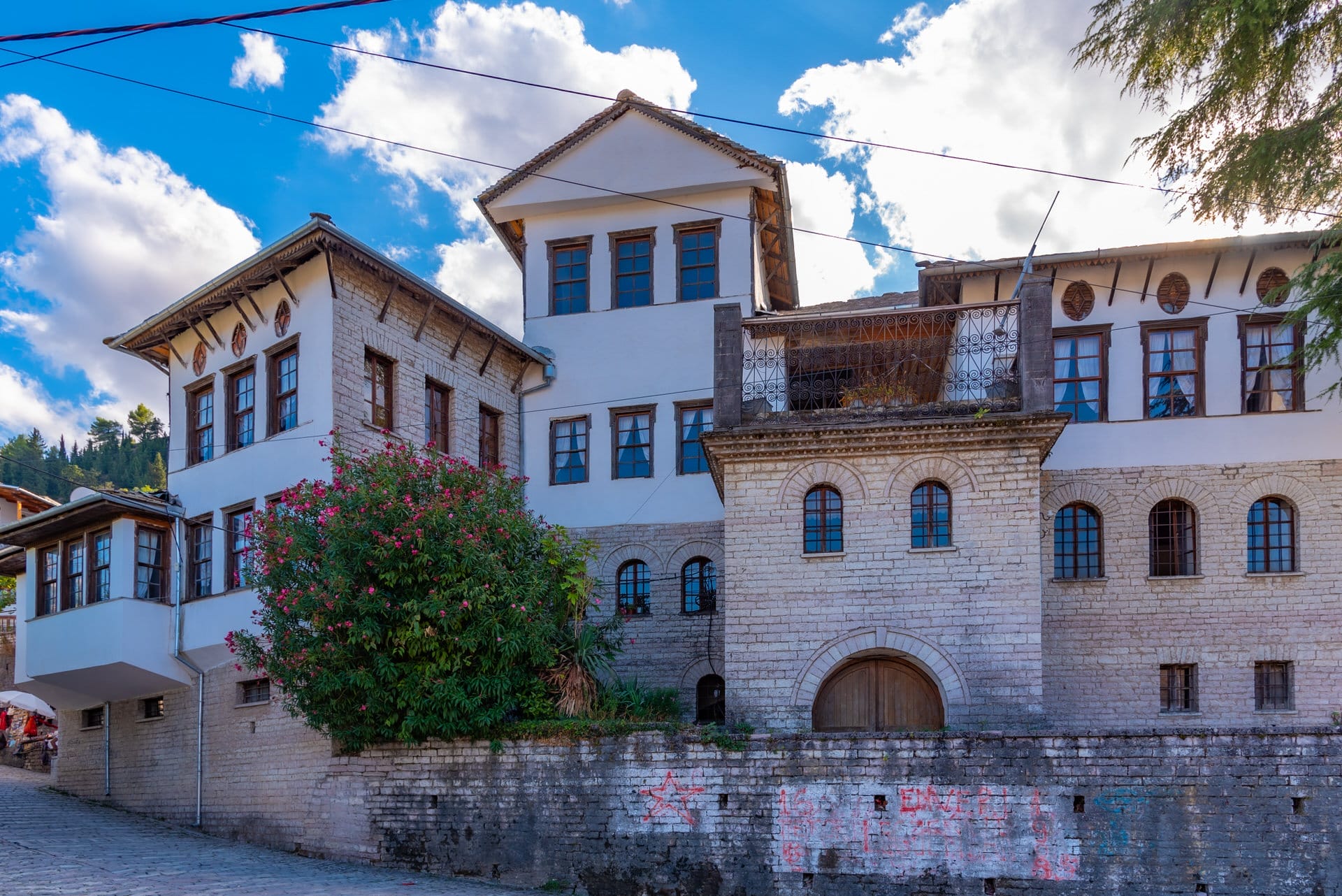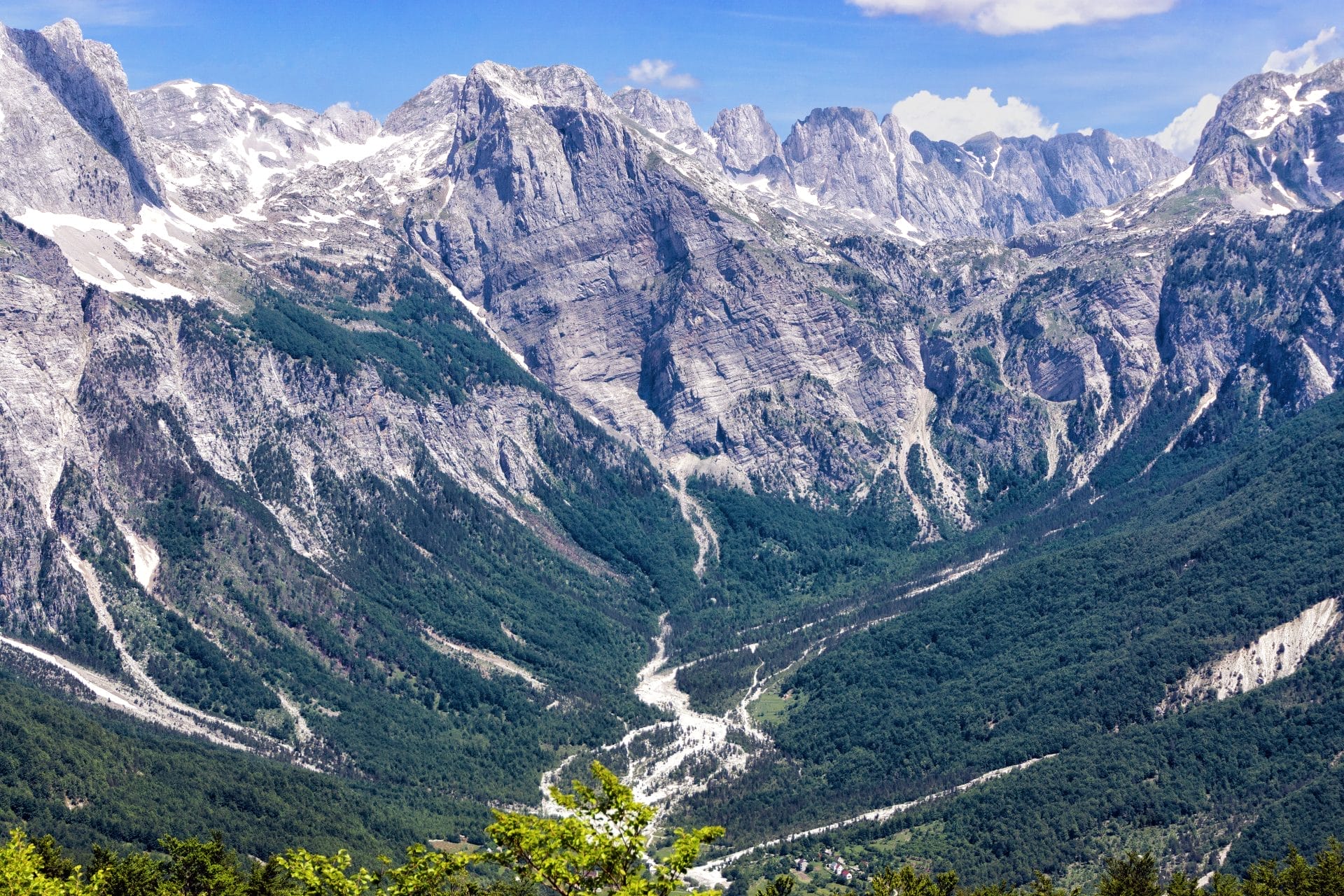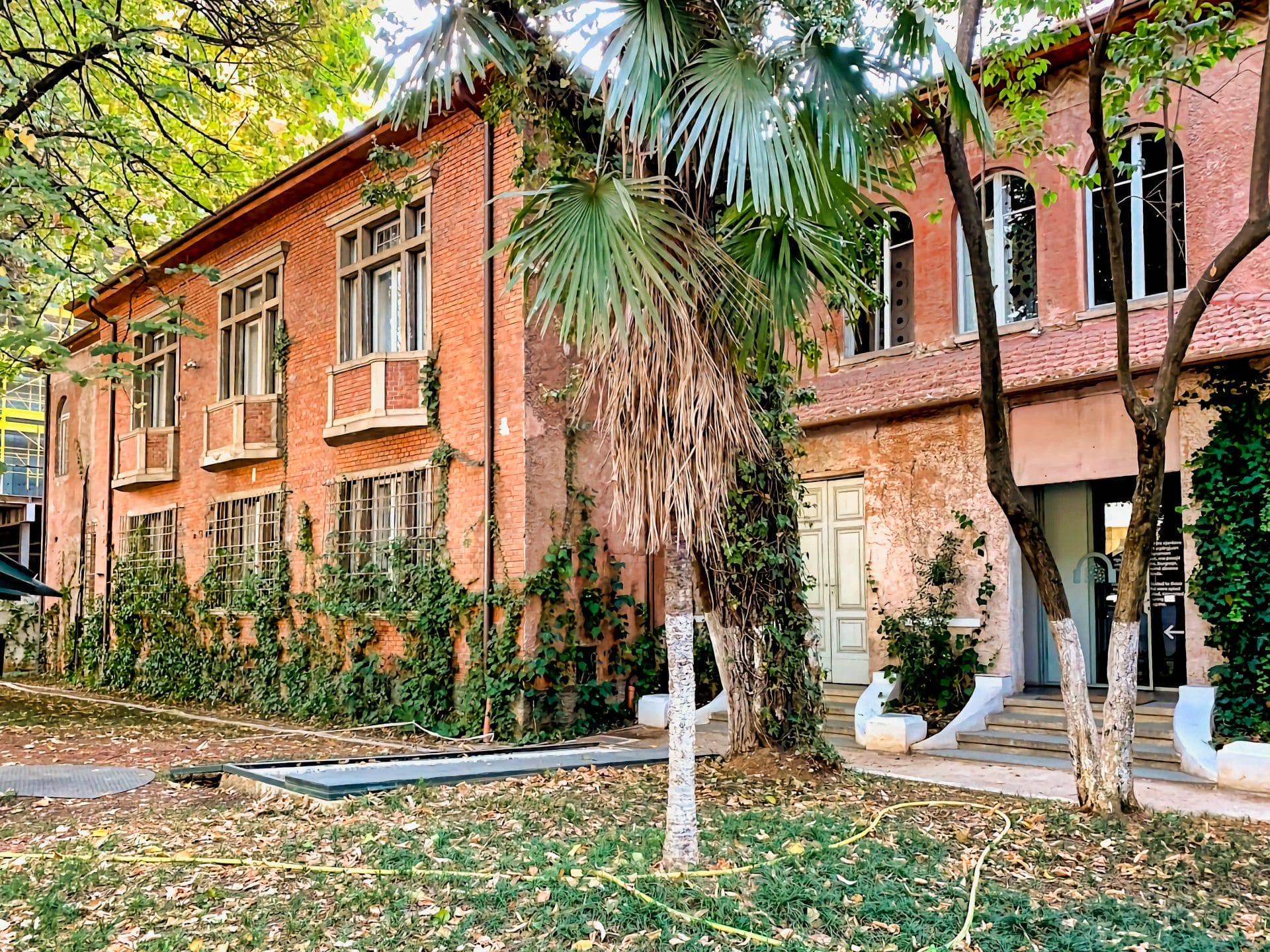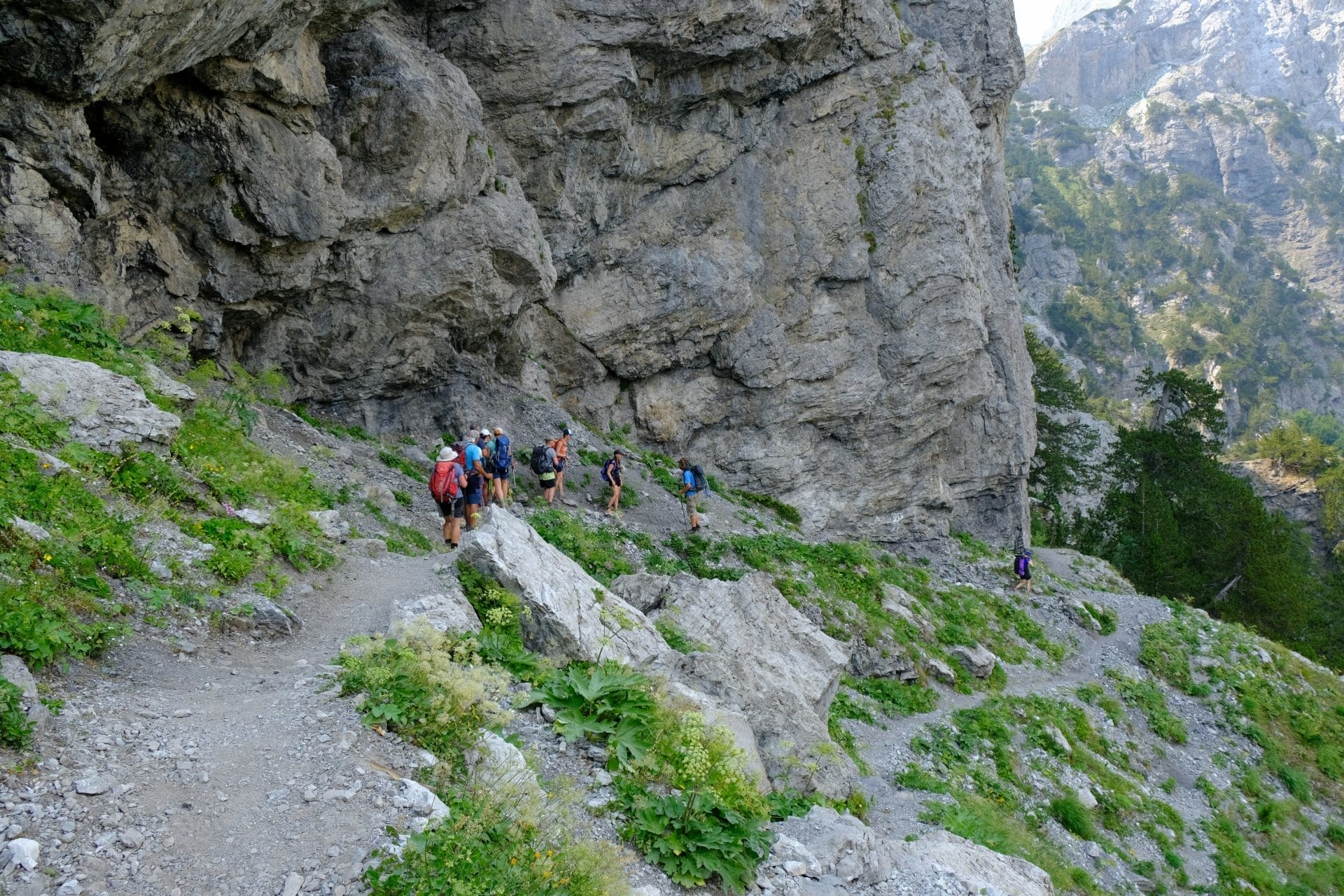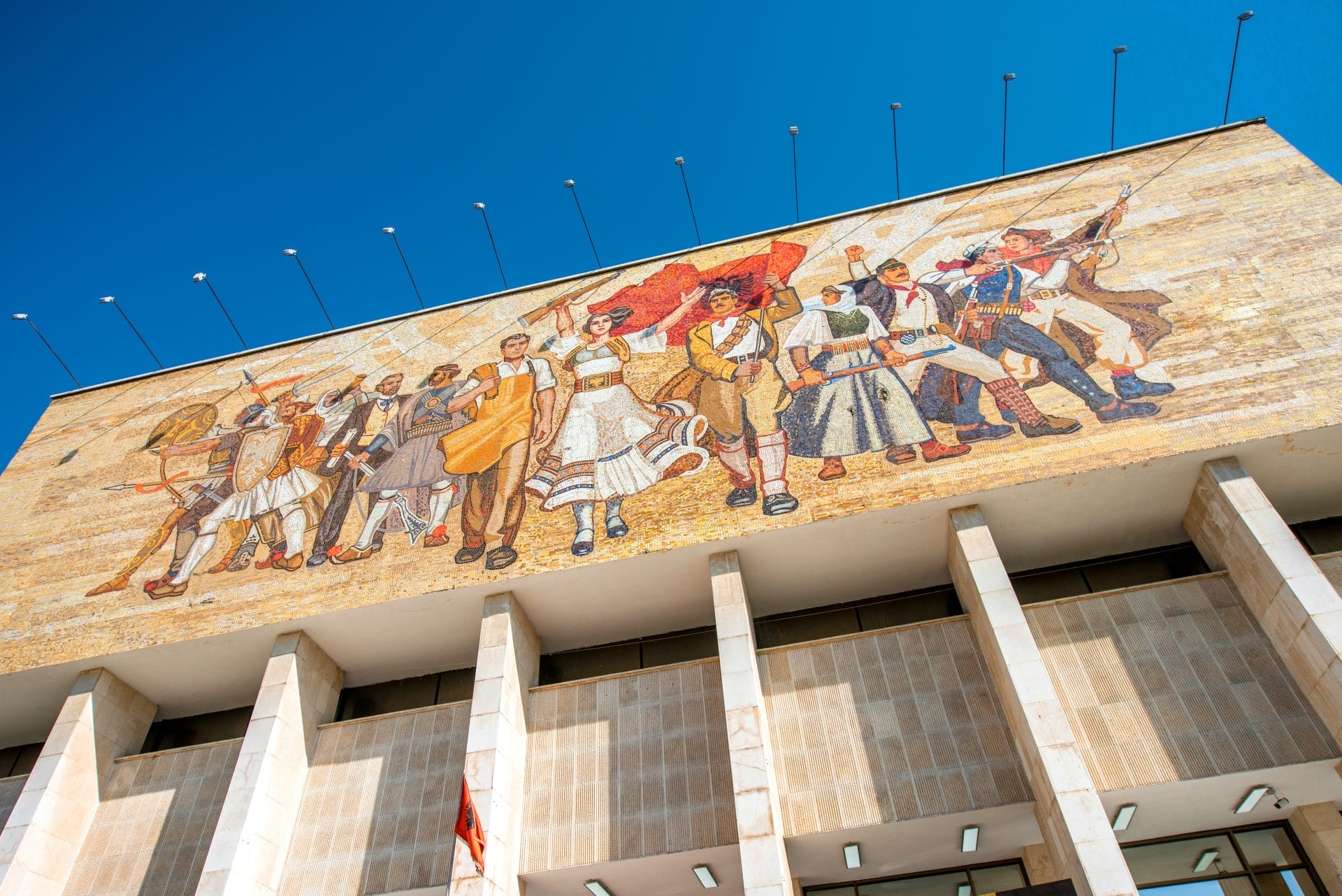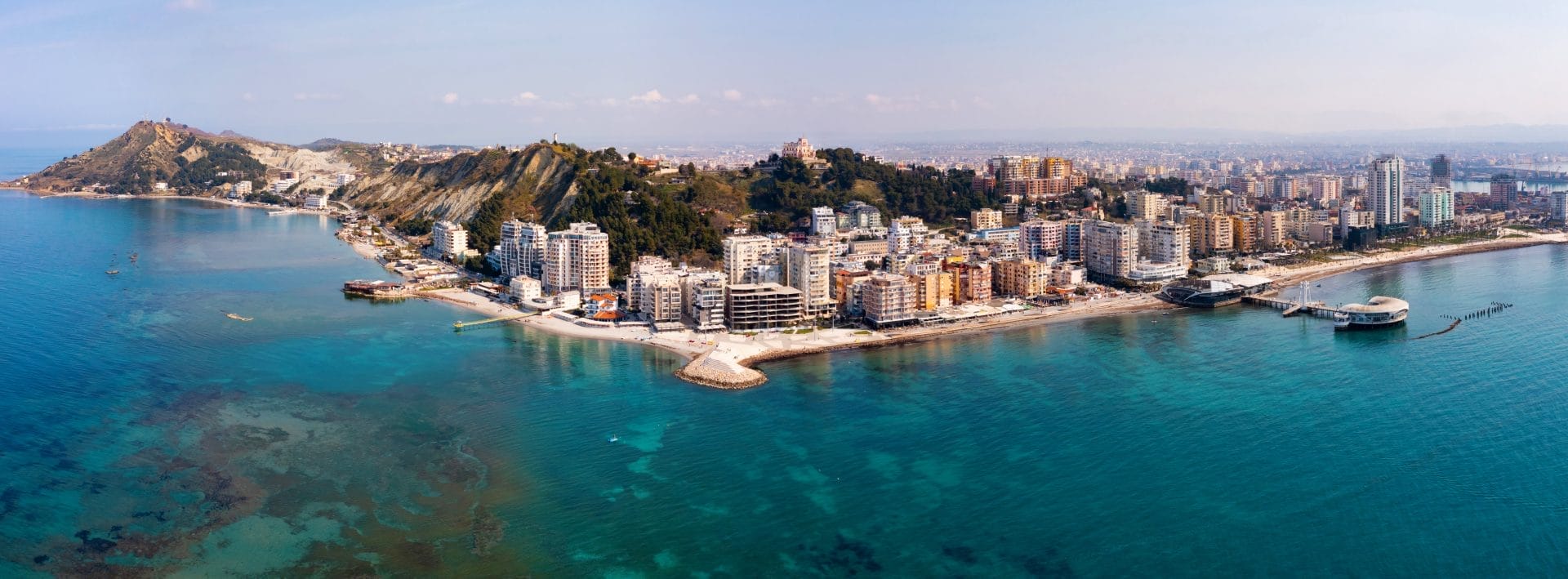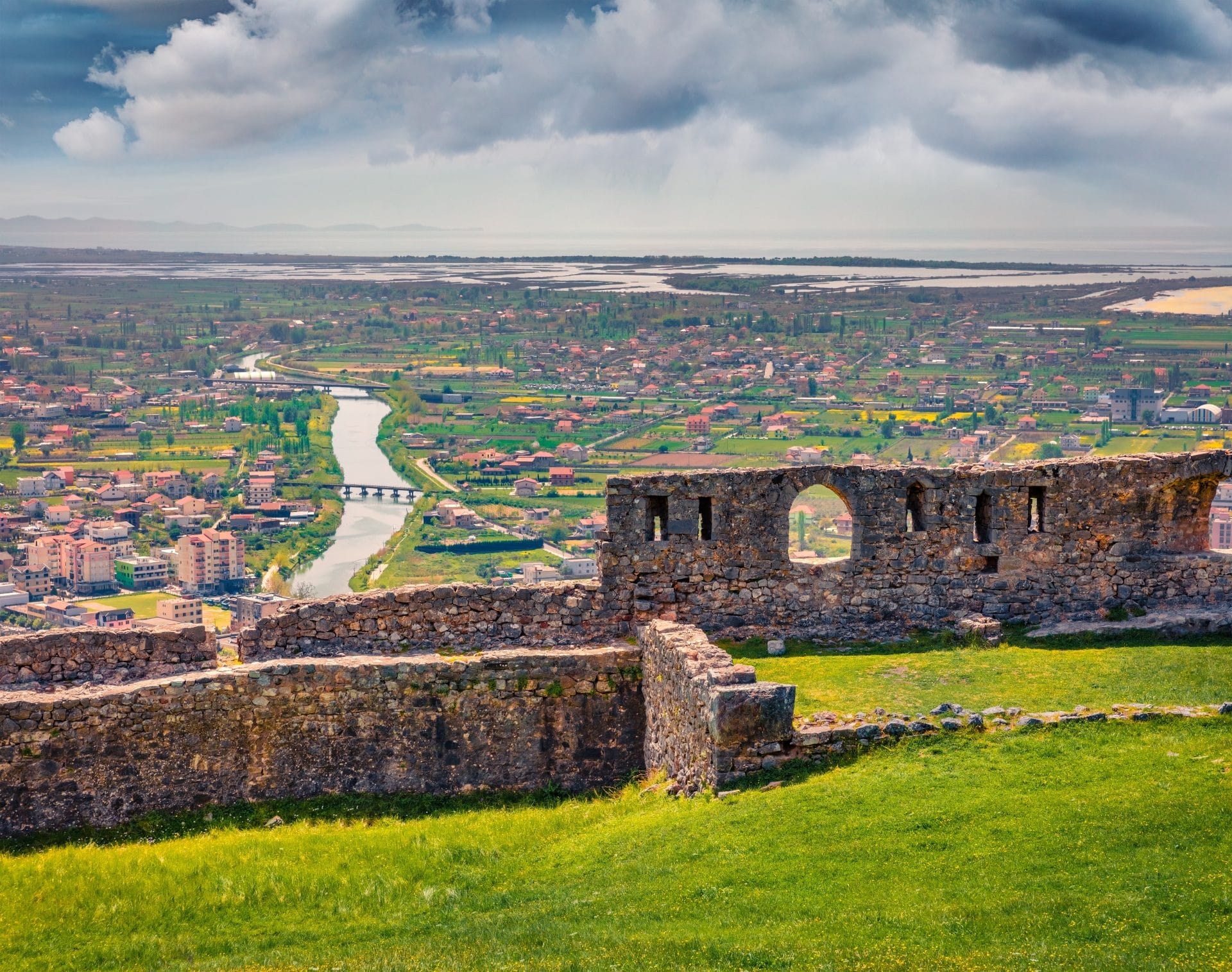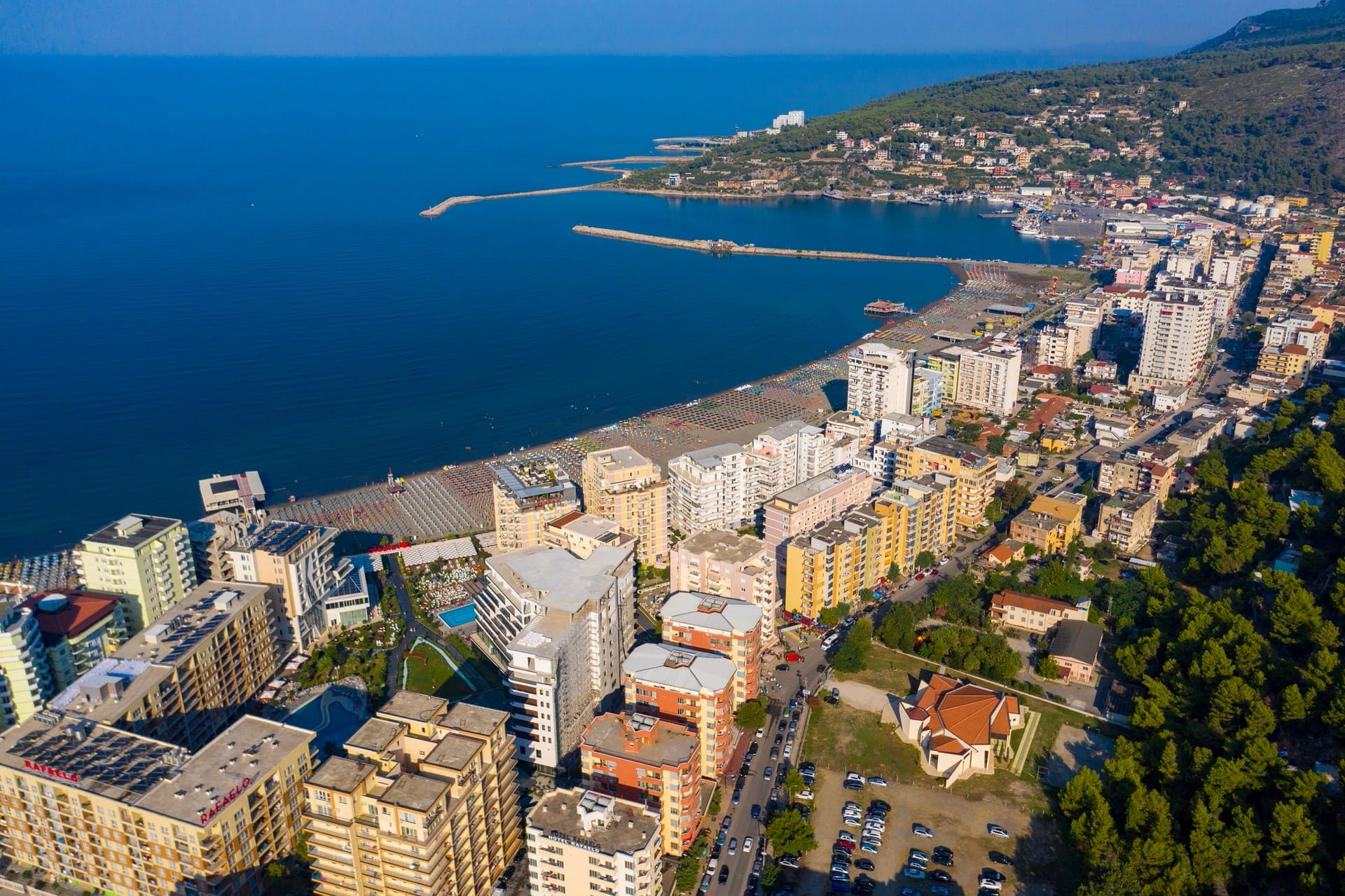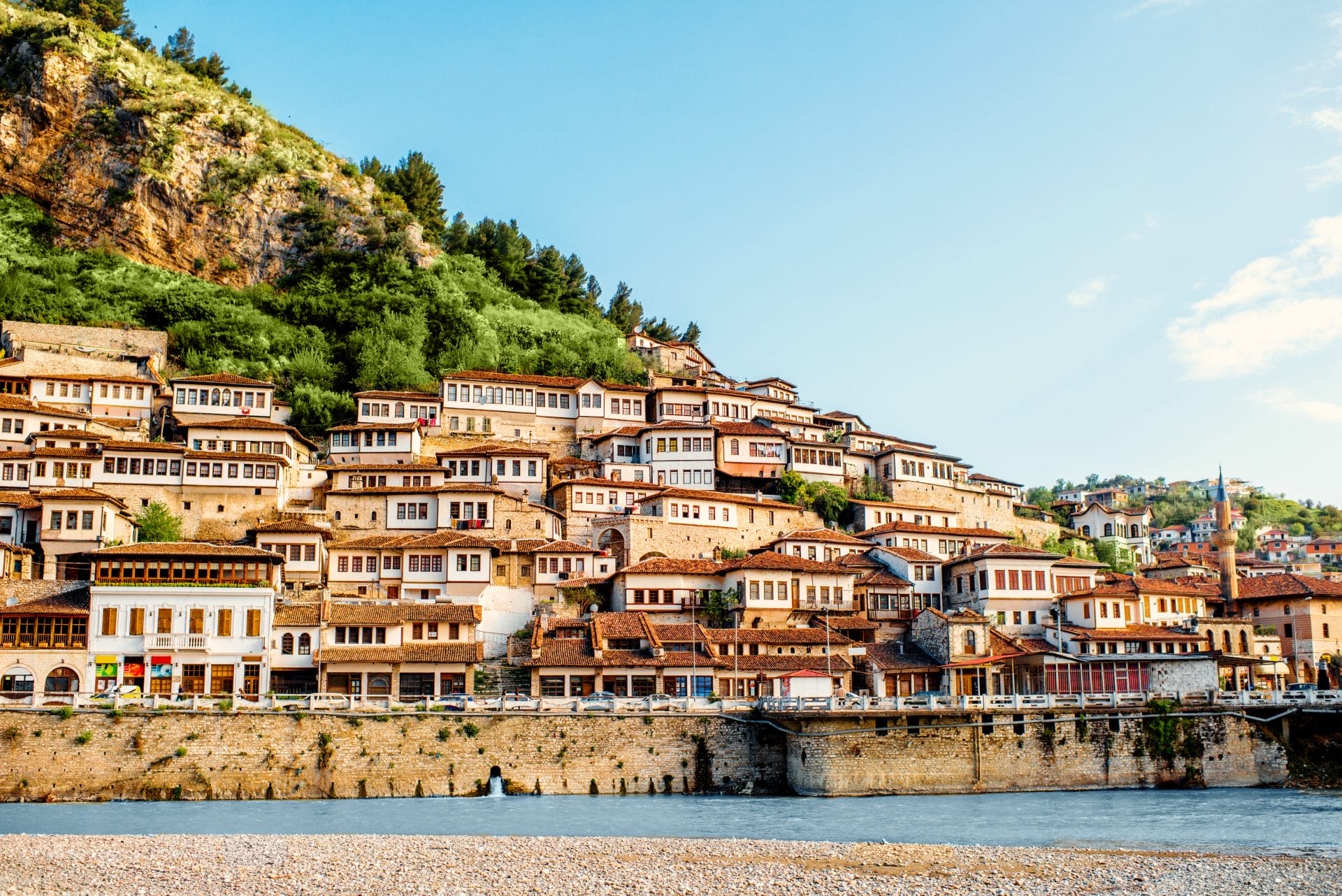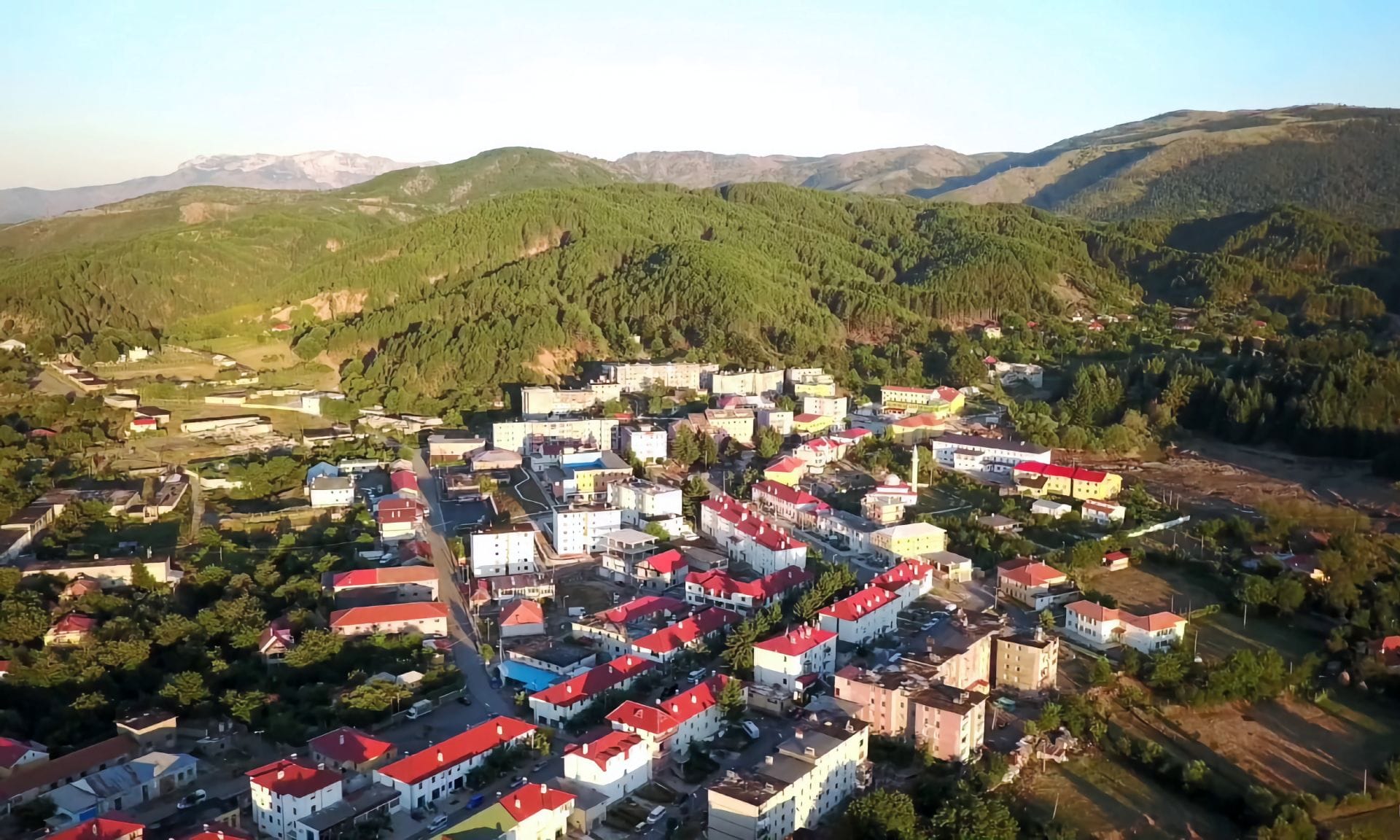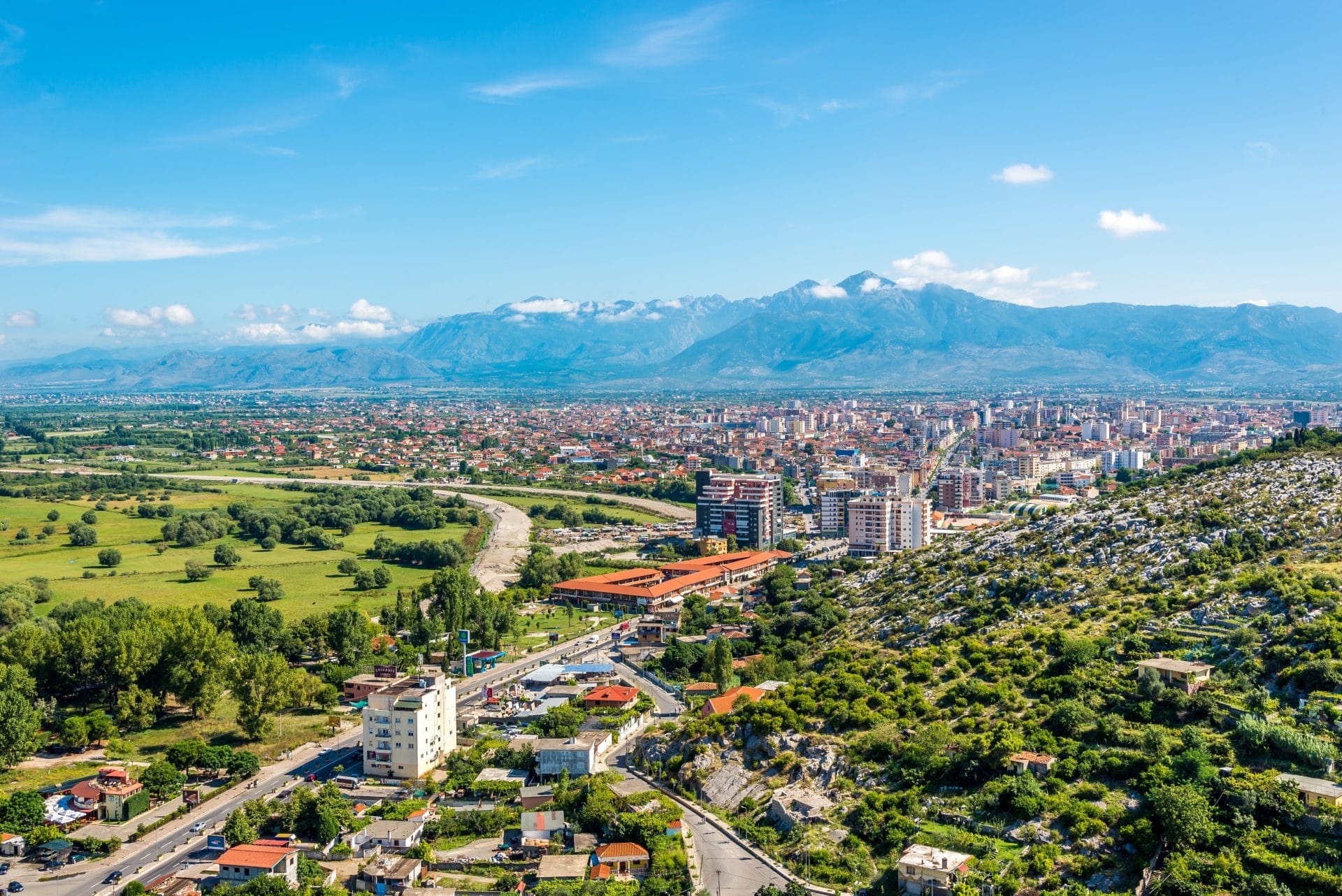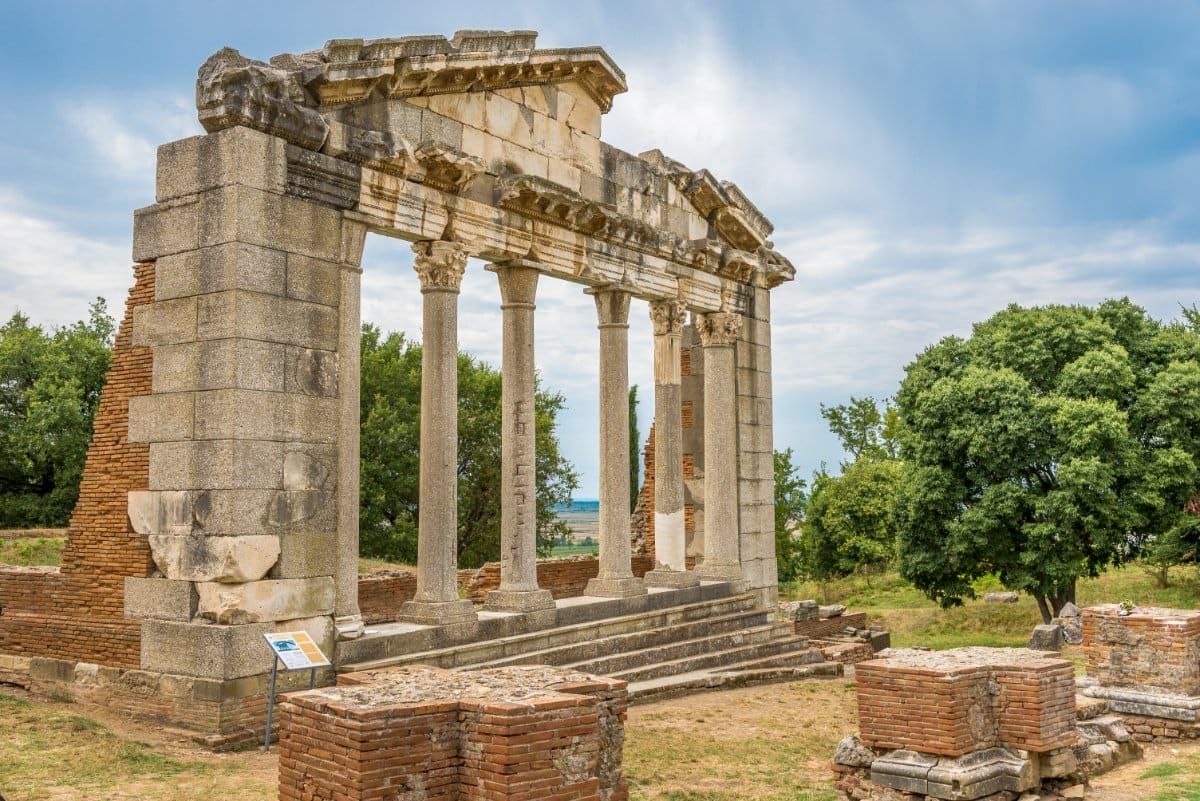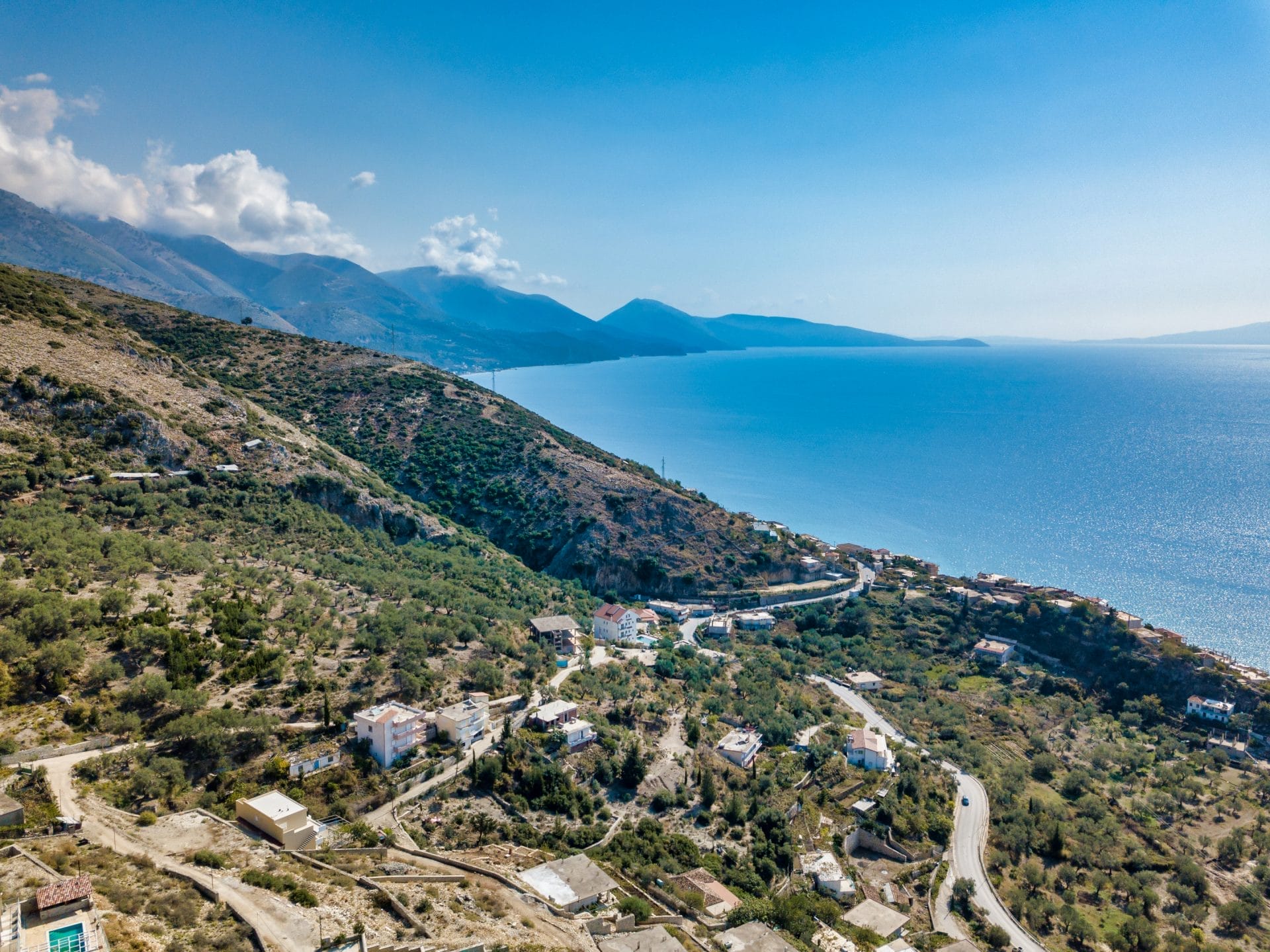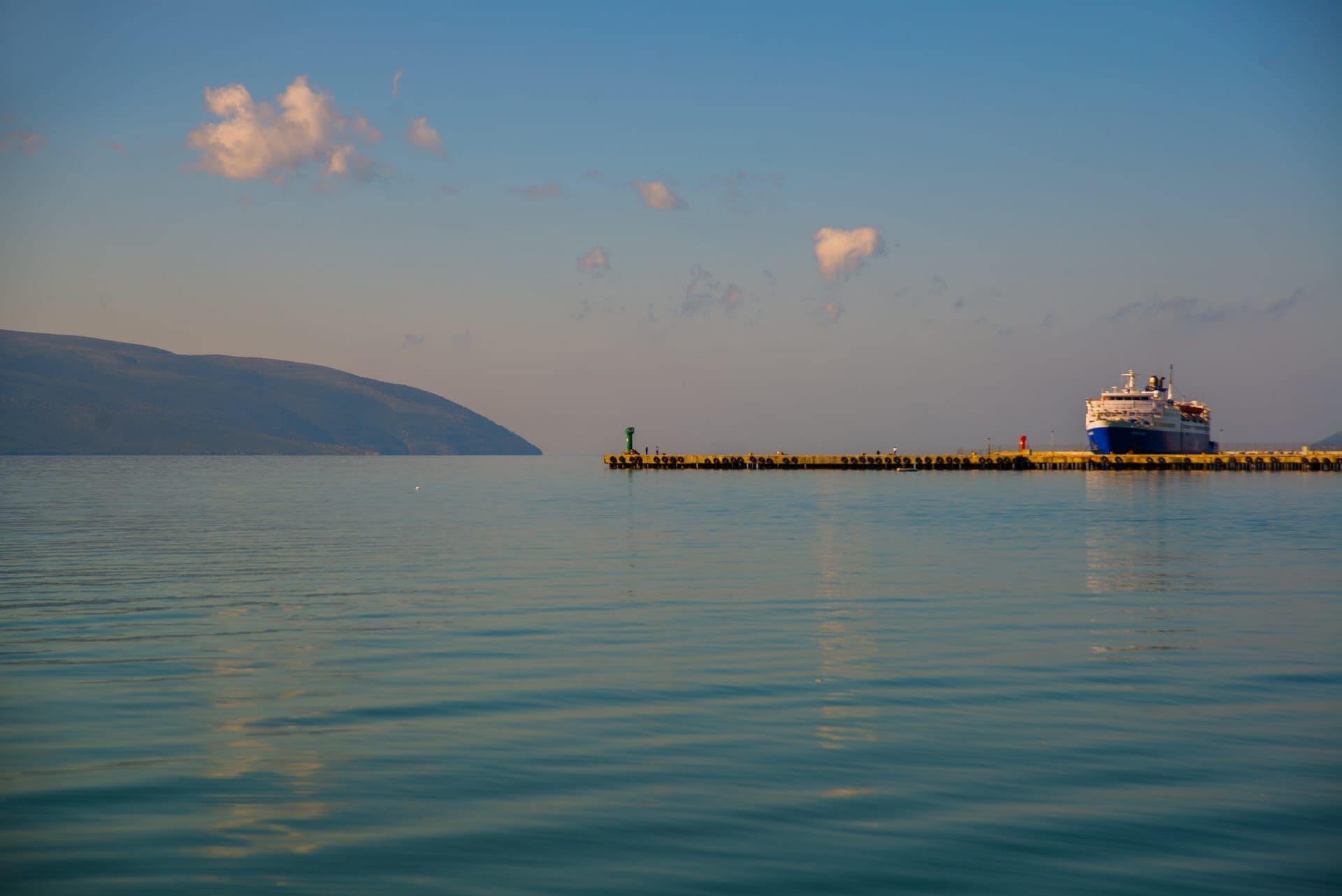
Why Visit
In the heart of southern Albania lies Phoenice, an archaeological treasure that takes you back in time. This once-flourishing city of the ancient world, nestled amidst the lush greenery and rugged landscapes, offers a captivating journey into history and culture.
The Historical Significance of Phoenice
Phoenice, established in the 6th century BC, was pivotal in the ancient world’s political and economic realms. It was the flourishing capital of the Chaonian tribe, one of the major Greek tribes in the region of Epirus, and a notable center for trade and commerce. Its strategic location attracted merchants and traders from afar, while its robust fortifications were a formidable defense against invasions.
The city was founded by the Chaonians, who were one of the three principal ancient Greek tribes of Epirus. Phoenice quickly became the Chaonians’ major city and religious center. Situated near the strategic Straits of Corfu, it developed into an important commercial hub in the Mediterranean due to its coastal access and proximity to the Pavllë River – a key trade route into the Balkan interior.
At its peak during the 5th century BC, Phoenice is believed to have been the largest city in Epirus, with its currency and sphere of influence over neighboring areas. The city remained an important regional center until the Roman conquest in 167 BC. The Romans called it a polis or city-state and established an administrative center there. Archaeological evidence indicates Phoenice likely declined and was abandoned sometime during the 3rd or 4th centuries AD.
Exploring the Timeless Ruins
Today, the ruins of Phoenice stand as a proud testament to its glorious past. Visitors can wander through the remnants of ancient walls, public buildings, dwellings, and an impressive theater. Each structure narrates the life and times of the people who once inhabited this city.
The theater is undoubtedly the most visually striking ruin, occupying a natural hollow on the southwestern slopes. Constructed in the 3rd century BC, it was built to accommodate almost 4,000 spectators. The semicircular rows of stone seats carved into the hillside remain largely intact, along with remnants of the performance area below. Tiny details like carved numbering on the seats and broad staircases can still be discerned.
Nearby are the ruins of the bouleuterion, or council house, the political heart of Phoenice, where civic decisions were made. Further north stands the remains of a temple dedicated to the Dodonan Zeus, the primary deity of the Chaonians. Scattered throughout are foundations of houses, walls, cisterns, gateways, and graves.
While the structures are deteriorated, their outlines and key features help paint a vivid picture of this once-bustling ancient capital. The ruins exude a certain mysticism and majesty.
Connection with History
A visit to Phoenice is akin to stepping into a time machine. Walking through these ancient ruins, one can almost hear the echoes of the past. The theater, a central piece of this archaeological puzzle, allows visitors to envision the grandeur of performances from thousands of years ago.
Climbing to the site’s highest point, the acropolis offers a breathtaking view of the city framed by nature. Standing atop this ancient vantage point evokes a sense of tranquility and reflection, allowing you to ponder the rise and fall of civilizations.
Exploring the networks of paved roads and alleys gives an impression of everyday life in the polis. The foundations left behind, from homes to shops to government centers, tell the human story of the inhabitants of this once-great city.
While Phoenice today lies silent, a visit here provides a vivid glimpse into the hustle and bustle of what it would have been at its peak – a true trip back in time.
Why Phoenice Captivates
Phoenice is more than just an archaeological site; it’s a bridge to the region’s ancient civilizations. Its rich history and the beauty of its ruins nestled amidst olive groves and rolling hills make it a must-visit for history buffs, architecture enthusiasts, and travelers seeking a connection with the past.
The city’s narrative, carved into its weathered stones, is a captivating tale waiting to be explored by those who seek to understand the layers of human civilization that have shaped our world. As one of the chief cities of classical Epirus, Phoenice offers insights into a critical era along the Adriatic coast.
The mysteries still left to uncover also beckon the curious. Ongoing archaeological work reveals more about daily affairs, trade networks, cultural habits, and military history. Recently discovered artifacts such as terracotta figures, jewelry, and Corinthian pottery shed more light on this relatively untold Greek colony.
Above all, Phoenice represents the remarkable human endeavor and ingenuity employed to build such a marvel in ancient times. Its remnants are a chance to reflect on the rise and fall of societies long gone but not forgotten.
Phoenice in Mediterranean History
By the era when Phoenice rose to prominence in the Archaic Period, coastal cities across the Mediterranean, like Corinth, Syracuse, and Cyrene, were also rising as economic hubs, shaping the dynamics of the ancient world. Phoenice was one of the northernmost such cities, playing a key role in Mediterranean exchange along Greek, Illyrian, and Italian routes.
Phoenice minted its high-quality coins, which have been found as far as Italy and Egypt – evidence of the city’s mercantile reach. The city also maintained religious ties with the famed Oracle of Dodona, one of the most sacred sites in ancient Greece. The temple ruins of Zeus at Phoenice point to this connection.
While less familiar today than other Greek theater sites like Epidaurus in Greece and Aspendos in Turkey, Phoenice’s theater reflects the same period of cultural growth and architectural innovation. As such, Phoenice provides a missing link in our knowledge of ancient Greek theater along the Ionian coasts.
Rediscovering Phoenice
While records of Phoenice existed in limited ancient sources, the city was essentially lost for centuries, with its exact location unclear. Its ruins were finally identified in the 19th century by Austrian archaeologists who carried out initial excavations and studies.
Renewed efforts to study and preserve Phoenice have gained momentum in recent decades in collaboration with Albanian archaeologists. This work further pieces the puzzle of Phoenice’s past and protects its remains for future generations.
As awareness and accessibility of the site increase, visitors have a prime opportunity to discover this enigmatic emblem of ancient Epirus before it fades from history. The chance won’t last indefinitely, as evidenced by the city’s fate, so the journey back in time beckons.
Planning Your Visit
Phoenice is located in Finiq municipality, near the UNESCO World Heritage site of Butrint. The ruins are open year-round with no entrance fee. Comfortable walking shoes are recommended. Signage is minimal, so hiring a guide in Saranda or reading up in advance will help make the most of your exploration.
Nearby villages offer food and lodging options, including traditional guest houses or homestays, for an immersive experience. Visit in the spring to enjoy wildflowers blooming across the landscape.
A well-preserved ancient theater surrounded by mountains and olive groves awaits you on this walk through history. Let the spirit of Phoenice take you back over two millennia as its enchanting ruins reveal the achievements of past civilizations.


